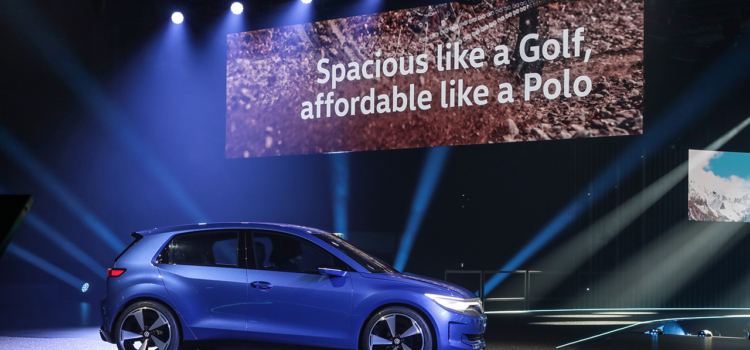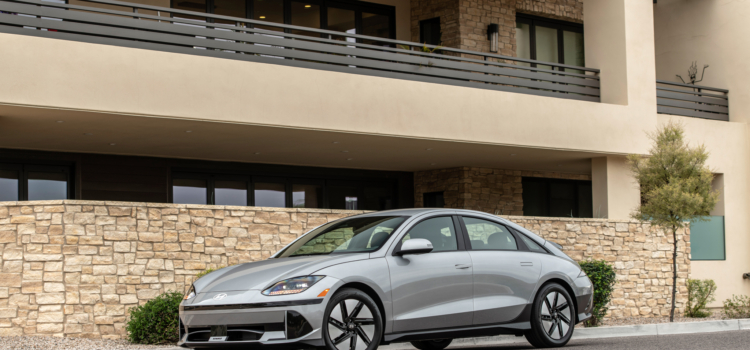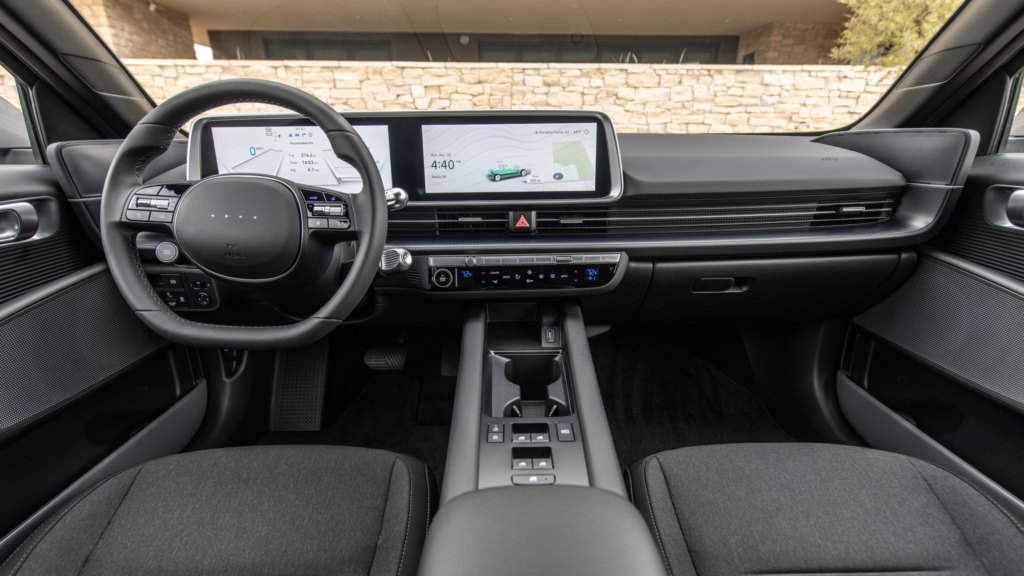Volkswagen ID.2all: the affordable EV Americans say they want, but probably wouldn’t buy
Volkswagen is rapidly expanding its electrification efforts globally, including in the United States, with the VW ID.4. The automaker recently unveiled the new ID.7, and we anticipate unleash of the ID. Buzz van very soon. It’s shown us its vision of a small electric hatchback in the ID.2all concept car, a surprisingly Golf-looking hatchback that will sell for under €25,000, or a little over $26,000. Unfortunately, that car is unlikely to reach the US, as Americans are terrible at buying anything but enormous SUVs and trucks. However, even without a domestic launch, the car promises affordable thrills and offers clean styling.
The gas-powered VW Golf was discontinued in the US in 2021. Now all that remains are the Golf GTI and Golf R Mk8 models, two sportier takes on the standard Golf you wouldn’t be hard-pressed to find at your local car meet – I know we’ve seen our fair share at NYCars & Coffee. No doubt because of its popularity with the enthusiast market, according to Motor1.com, the GTI had outsold the standard Golf three-to-one in 2018 before getting the axe. So while we might not see the ID.2all stateside, we’ll likely get the souped-up performance variants, if the ID.2 really is the Golf’s successor.
VW ID.2all price, specs, and trim levels
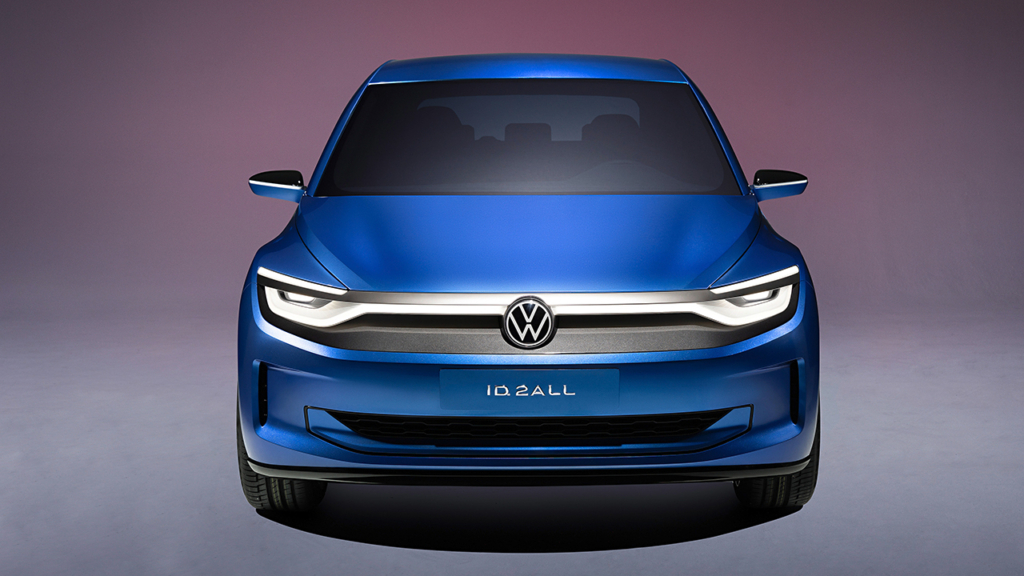
We don’t know the exact pricing yet, but we expect VW to stick to that sub-€25,000 pricing model outlined with the concept car launch. There will likely be higher-priced variants offering more range and better performance. However, the base model’s 280 miles of range presents an excellent value for the price. Higher trims or battery configurations could add a few thousand to the MSRP, but there’s nothing wrong with the baseline estimate.
Volkswagen does a stellar job at including solid features and upgrades with each trim level without gouging for dollars in packages or standalone options packages. Buyers will have a choice of trim level and likely a couple of battery and powertrain options. With the ID.4, VW initially offered a standard-range model with rear-wheel drive and a Pro model with a larger battery pack and available all-wheel drive. Now, there are several trims that build on those basic configurations.
In terms of features, expect Volkswagen’s distinctive upscale interior finishes with a large screen and digital gauge cluster. Unlike some automakers, VW hasn’t completely ditched its physical HVAC controls.
The ID.2all’s size means it’ll have a tiny back seat. Though if it’s on the Golf’s level, the rear bench will be surprisingly spacious for the car. Advanced safety features are almost guaranteed, though the configuration and availability of the tech may differ depending on the country.
Volkswagen electrified: ID.2all vs. ID.4 and ID.7
Volkswagen recently announced the ID.7 for the American market, which will join the ID. Buzz electric van and ID.4 crossover. The automaker is unlikely to release the ID.2all here because small hatchbacks don’t sell anywhere near as well as larger SUVs and trucks, and all of the American market EVs are larger than the diminutive hatchback. They’re all made by the same company, so shared DNA is inevitable.
VW ID.2all interior and tech
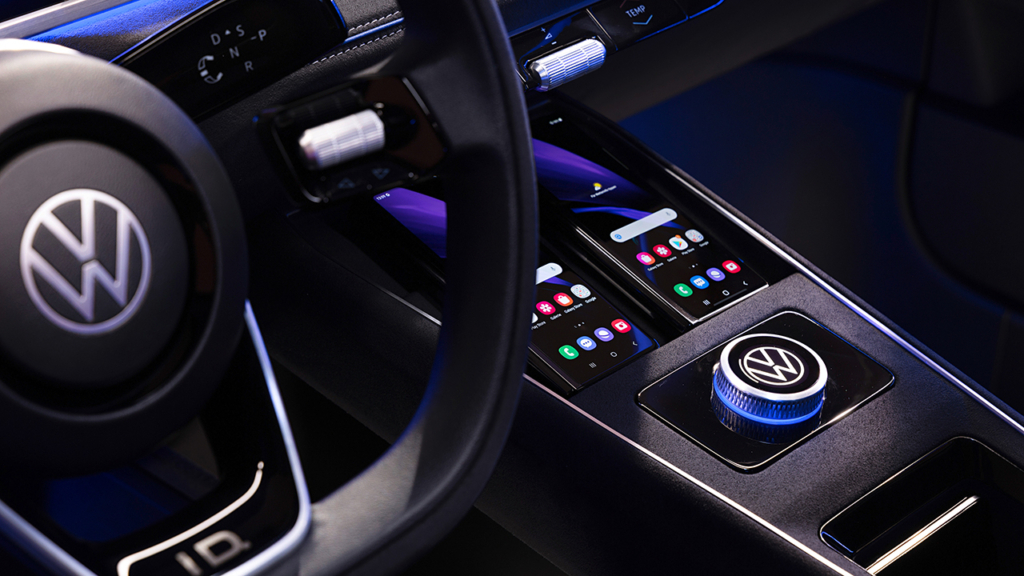
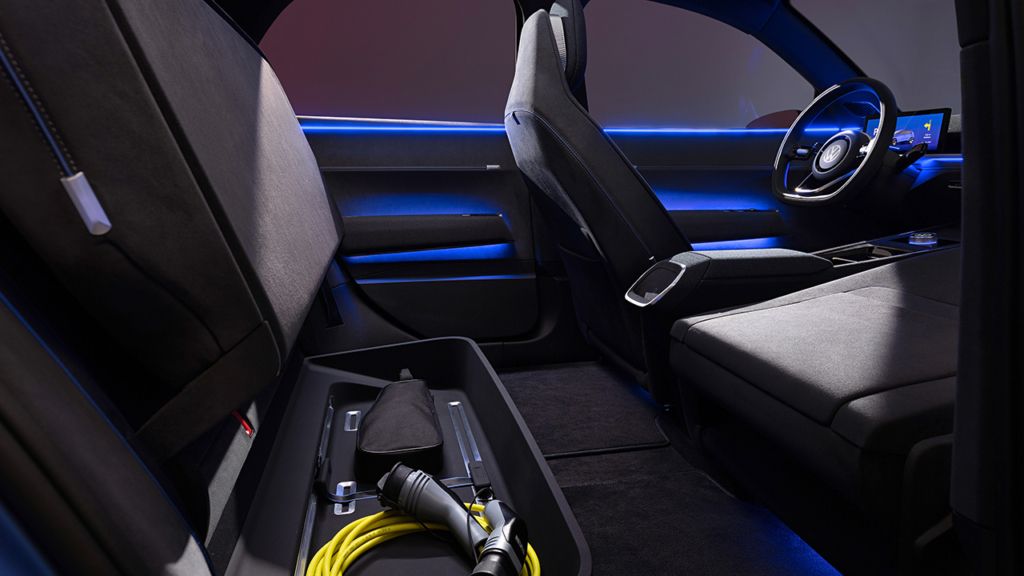
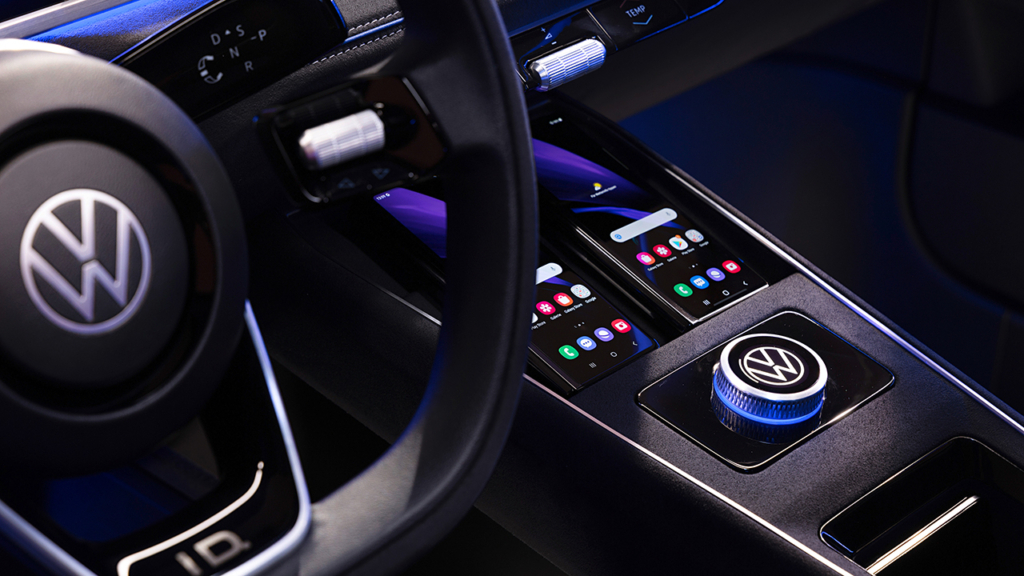
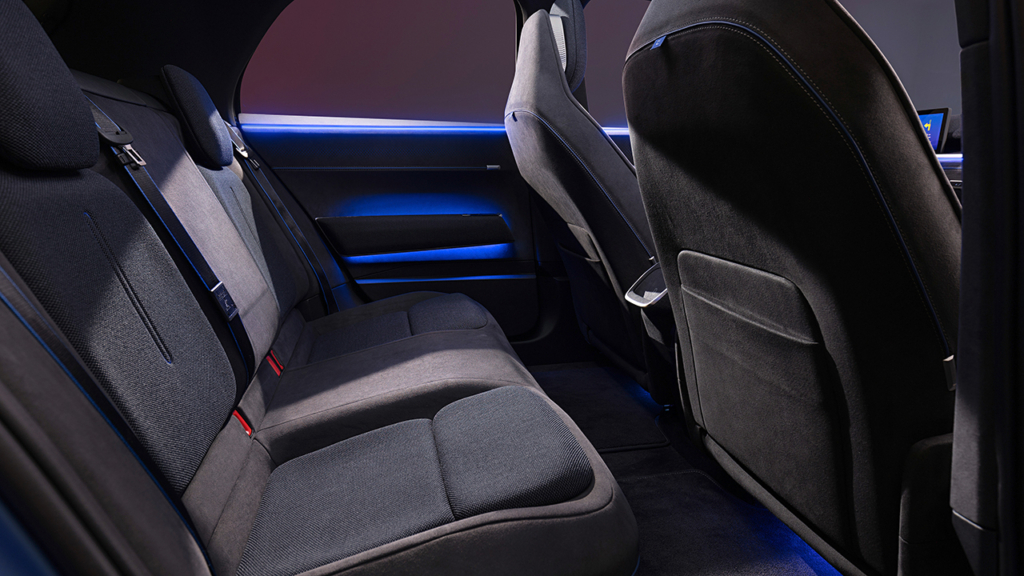

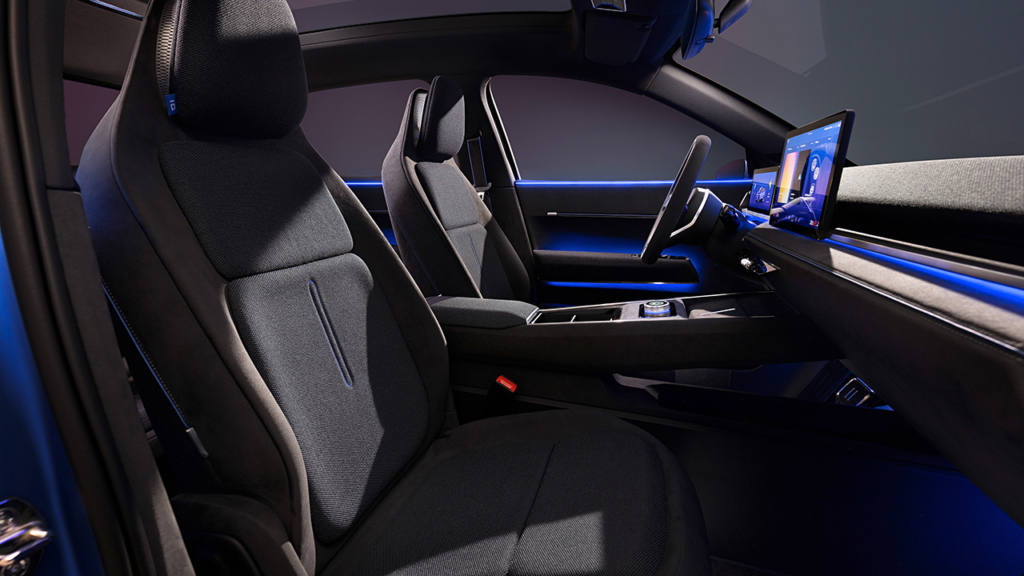
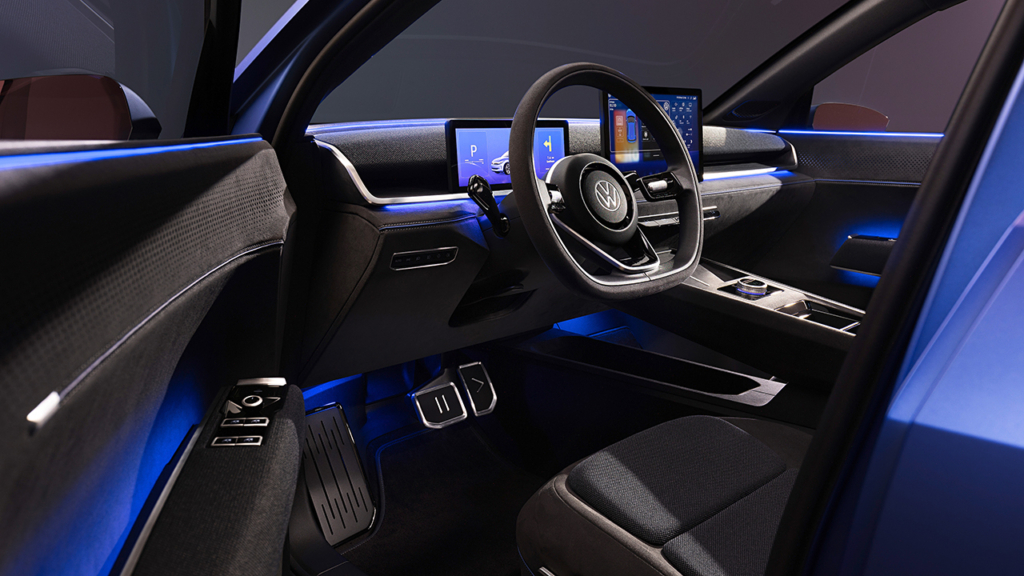
Like the ID.4, the ID.2all may get LED lights and standard IQ.DRIVE safety equipment. Its price means it will likely do without some features, including wireless charging and heated seats. Higher trims may add larger wheels, ambient interior lighting, a heated steering wheel, and a sunroof. Volkswagen has a focus on sustainable materials, so the car’s interior may lean into that philosophy with the upholstery and trim made from recycled materials.
The ID.7 is a large sedan, so the differences between it and the ID.2all will be evident out of the gate. The ID.7’s interior is more upscale than we expect from the ID.2all and has much more space. At the same time, the ID.7 has a unique hatch-trunk that technically makes it a hatchback, but the space underneath it is far more generous than what we’ll see in the ID.2all.
Volkswagen news
With the imminent release of the long-awaited ID.Buzz, Volkswagen is at a critical juncture. The automaker’s earlier EVs have sold reasonably well. Here in the States, however, the ID.4 faces a concerning recall because some drivers have reported the doors opening at random times. Globally, Volkswagen has been criticized for moving too slowly on EVs and maintaining a manufacturing presence in China, where there are big questions about forced labor and human rights.
The company has also shown how complex in-house technology management can be. Its CARIAD division has chewed through leaders like a football team at a pizza buffet. These difficulties have caused delays in models from other VW Group brands, including Porsche. The software will do exciting things for VW once it’s finished, including providing the backbone for its autonomous driving program.


